Things have turned from bad to worse for the Australian one-day cricket team recently, having won just two of their past ten white ball encounters.
This period includes a big series against India in October 2017 and England this year, which Australia lost 4-1 after looking extremely average.
In what is now our worst ever period for 50-over cricket, changes simply must be made to the personnel, structure and tactics of the side as we close in on another ICC World Cup in 2019.
With one-day cricket packed in with the longer five-day format, players struggle to handle the workload, with fast bowlers in particular tending to rest while the team is in an ODI series. This has been apparent throughout the past week, with crucial quicks Pat Cummins and Josh Hazlewood sitting out of matches for resting purposes.
The selectors have also shown a reluctance to select players from the Test squad for the ODI squad, as capable short-format players Shaun Marsh, Usman Khawaja and Nathan Lyon continually prove their worth in the Big Bash.
So let’s say for some crazy reason the first match of Australia’s World Cup campaign was tomorrow, this would be the full-strength side I would select.
[latest_videos_strip category=”cricket” name=”Cricket”]
The batsmen
1. David Warner, vice-captain – games played: 106; ODI average: 43.43; centuries: 14
The only Australian representative in the 2017 ODI team of the year, David Warner has been a consistent performer at the top of the order in this one-day side for a number of years. Renowned for his power hitting, the pocket rocket is one of the most damaging players in world cricket as he can take the game away from the opposition in a matter of overs.
As the left-hander has matured he has added another dimension to his game. He is able to take a back seat and let his equally as destructive partner take the reins. His on-field leadership is also crucial to the side as vice-captain, with his presence vital both in the middle when batting and in the field.
Fielding-wise David Warner is as good as they come, with an excellent set of hands, extreme pace and a rocket arm that makes any batsman think twice. Warner is Australia’s best short-form cricketer and would be crucial to our chances in a tournament like the World Cup.

(AP Photo/Rajanish Kakade)
2. Aaron Finch – games played: 88; ODI average: 38.55; centuries: 10
How things have changed for Aaron Finch. After a tough period in both domestic and international cricket Finch has returned with a bang this summer, hitting two hundreds and a 50 in the first three games of this ODI series.
One of the only players who can hold their heads high in the first three matches, Finch is hitting the ball as cleanly as ever, with English bowlers simply having no response to his brutality at the crease.
Similar to Warner, the big Victorian is renowned for his big hitting and his ability to turn over the scoreboard, which makes his opening partnership with David Warner one of the most dangerous in world cricket.
Also like Warner, Finch has matured with age, and this summer he has learnt to read the match situation better and adjust his game accordingly, a skill that has taken his game to the next level.
In the field Finch is no liability. He sports an excellent pair of hands and provides experience and leadership to his younger teammates.
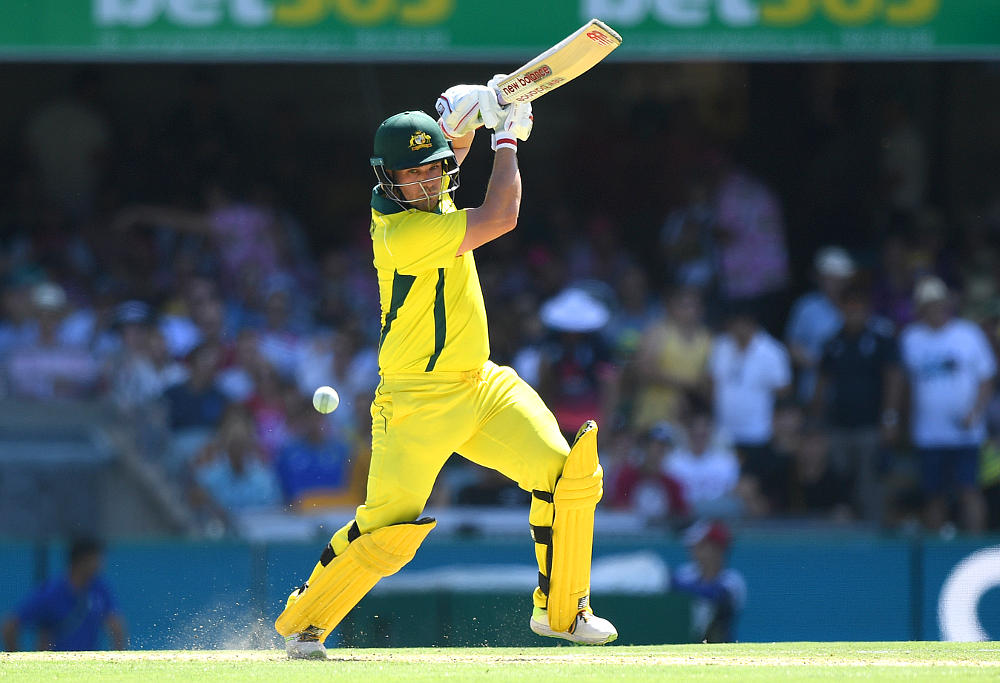
(AAP Image/Dave Hunt)
3. Usman Khawaja – games played: 18; ODI average: 31.26; centuries: none
The first shock selection of my team, I feel that Usman Khawaja is the ideal man to bat at three in the Australian one-day team. Exploding onto the Test scene with a massive summer in 2015-16, Usman Khawaja has also developed into an excellent short-form player at both domestic and franchise level for the Sydney Thunder and Queensland Bulls.
Sporting some of the most exquisite stroke play in world cricket, Khawaja is unstoppable once he gets going, making him the perfect foil for Warner and Finch at three.
The selectors’ recent reluctance to play the Queensland captain at one-day level is astounding considering the poor fortunes the team has experienced in recent times. With the ability to either stabilise the innings or accelerate, Khawaja is the player I feel most comfortable having at three.
In the field Khawaja has also improved dramatically as he now sports an excellent pair of hands and improved arm and mobility around the field.
It’s time the selectors exploit his skill at all levels of cricket for Australia.
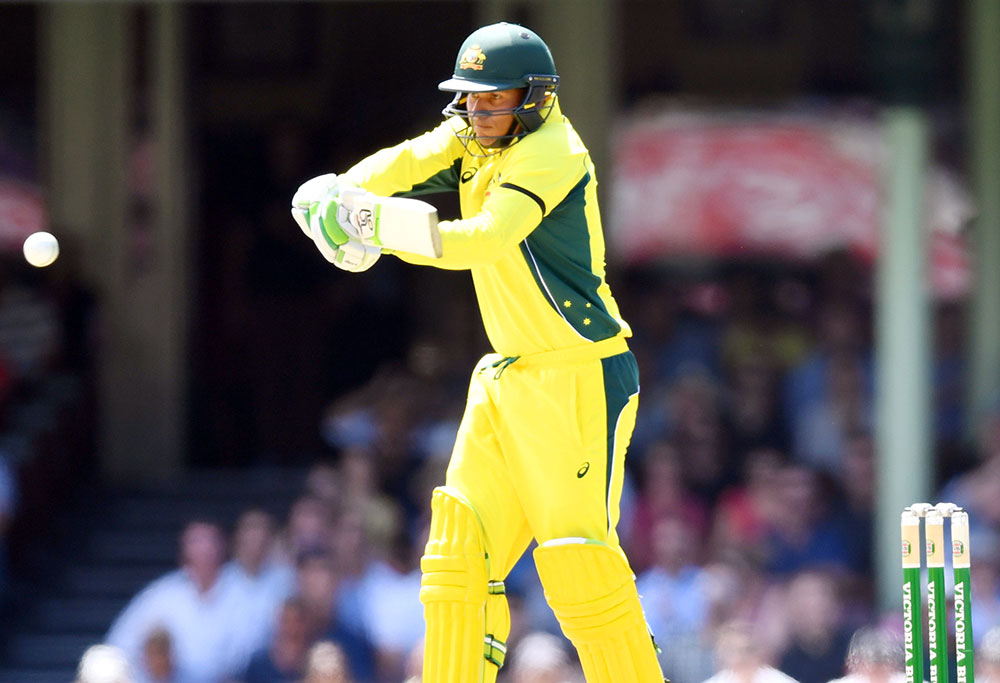
(AAP Image/Paul Miller)
4. Steve Smith, captain – games played: 108; ODI average: 41.84; centuries: eight
The captain of the one-day side, Steve Smith is the perfect anchor for this team of flamboyant big hitters. Although his one-day numbers are not nearly as good as his Test numbers, Smith is still one of the best players in the world and provides the cool head this Australian batting line-up needs.
With an average of 42.68 and eight centuries, he has by no means been a bad one-day player. However, with the reputation he has as the world’s best player, I for one expect a little more from the skipper.
Unable to pass 50 in the first three one-day internationals, it may just be that Smith is worn out after a long summer of Test cricket. However, with the side’s ranking going down so dramatically in recent times he really needs to step up and prove he can transfer his once-in-a-generation play into the yellow shirt.
Batting-wise Smith serves as a pivotal piece of this side as he can use his general batting smart to hit gaps and constantly tick over the scoreboard before going big at the end of the innings. In the field Smith is truly superb, and his leadership is essential as captain of the side.
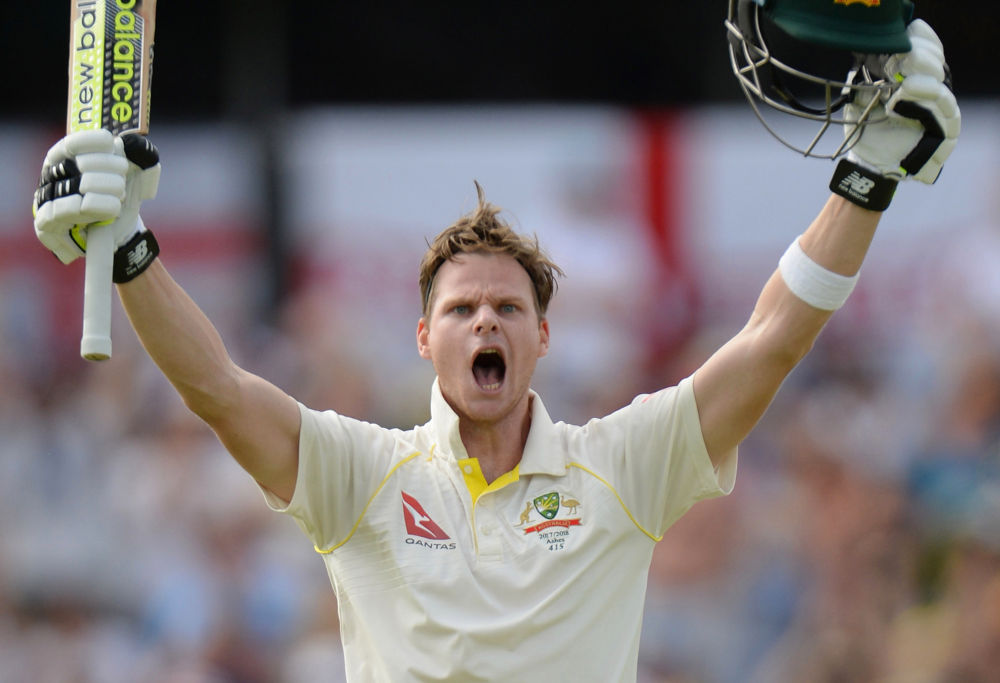
(Philip Brown/Getty Images)
The all-rounders
5. Glenn Maxwell – games played: 81; ODI average: 32.32; wickets: 45
By far the toughest position to choose in this team, I have decided to go with the experience and x-factor of Glenn Maxwell over the big hitting of Mitchell Marsh.
This is an extremely controversial call for a number of reasons, as Marsh has had an exceptional summer at both Test and one-day level. However, the Big Show, as he is commonly referred to, just edges him out mainly due to his ability in clutch situations and his experience in a tournament like the World Cup.
At his best Maxwell is one of the most destructive players in world cricket – he has the ability to take the game away from the opposition in a matter of overs.
Glenn has also grown tremendously over the past year, having integrated a sense of maturity into his batting, which has seen him able to bat for longer periods of times. This has seen him produce some positive results in red-ball cricket – he hit his first Test century in India in April 2017 and a first-class double ton in December 2017.
In the field Maxwell is Australia’s best, with his rapid speed and incredible arm crucial assets to this one-day team.

(Mark Nolan/Getty Images)
6. Marcus Stoinis – games played: 13; ODI average: 62.88; wickets: seven
Another bright spot in an otherwise gloomy one-day series, Marcus Stoinis has cemented his place in this Australian team. Known for his big hitting, Stoinis is a player who can take the game away from the opposition in a matter of minutes.
After exploding onto the scene with a magnificent hundred against New Zealand at Eden Park a year ago that almost gave the Australians an unlikely victory, the West Australian has become a regular in the one-day set-up. At 28 years old Stoinis is just hitting his prime as an international cricketer and would without a doubt serve as an integral part of the Australian team moving forward.
With the ability to bat anywhere in the order, Stoinis gives his captain versatility as he can come in either early to mount pressure on the opposition or later on to finish an innings. He is also more than handy with the ball in hand and can provide anywhere from five to ten overs of steady fast-mediums.
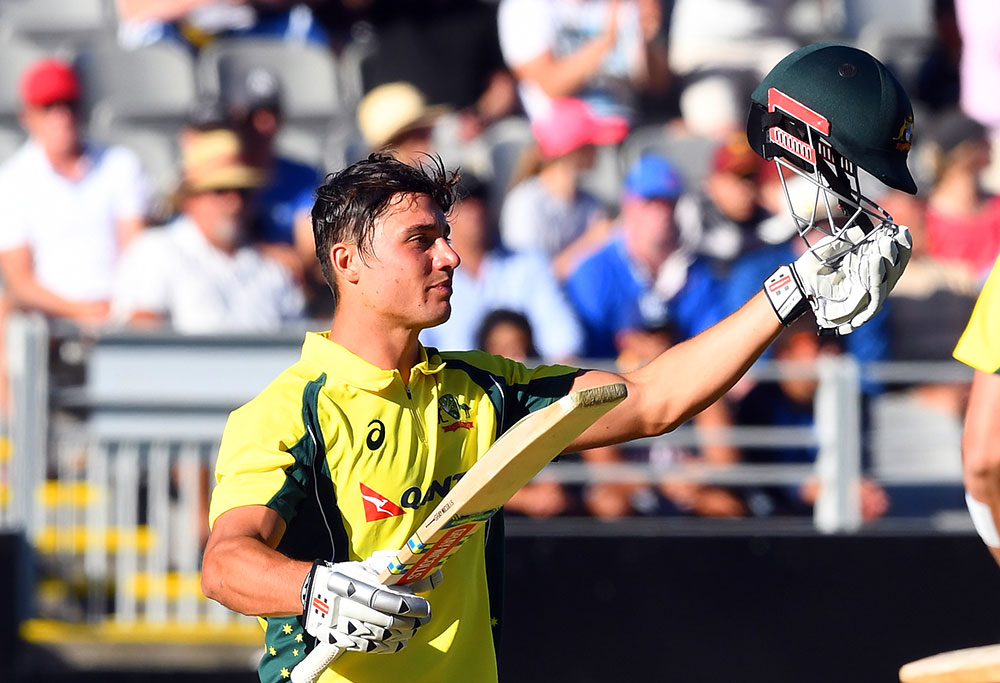
(AAP Image/SNPA, Ross Setford)
The wicketkeeper
7. Tim Paine, wicketkeeper – games played: 30; ODI average: 31.62; dismissals: 45
After getting hardly a game for his state Shield team just four months ago, Tim Paine has exploded back onto the international cricket scene. A shock selection in Australia’s Ashes squad, Paine rewarded the selectors with an excellent summer both behind the stumps and with the bat when required.
His excellent performances in the Test side saw him picked for the one-day series, where again he hasn’t disappointed. His glove work has been exceptional and his batting has been extremely handy for a number seven.
Although he isn’t a big hitter like the men before him, Paine is more than capable of finding the rope and excellent at reading the situation of the game and adjusting his batting to fit certain scenarios. Paine is the perfect wicketkeeper-batsman for this team as at the age of 33 he acts as an experienced head of a middle order that boasts a lot of firepower.
With Alex Carey waiting in the wings, Australia’s wicketkeeping stocks look extremely solid at the moment, as the Tasmanian looks to develop his game further to become one of the best number sevens in world cricket.
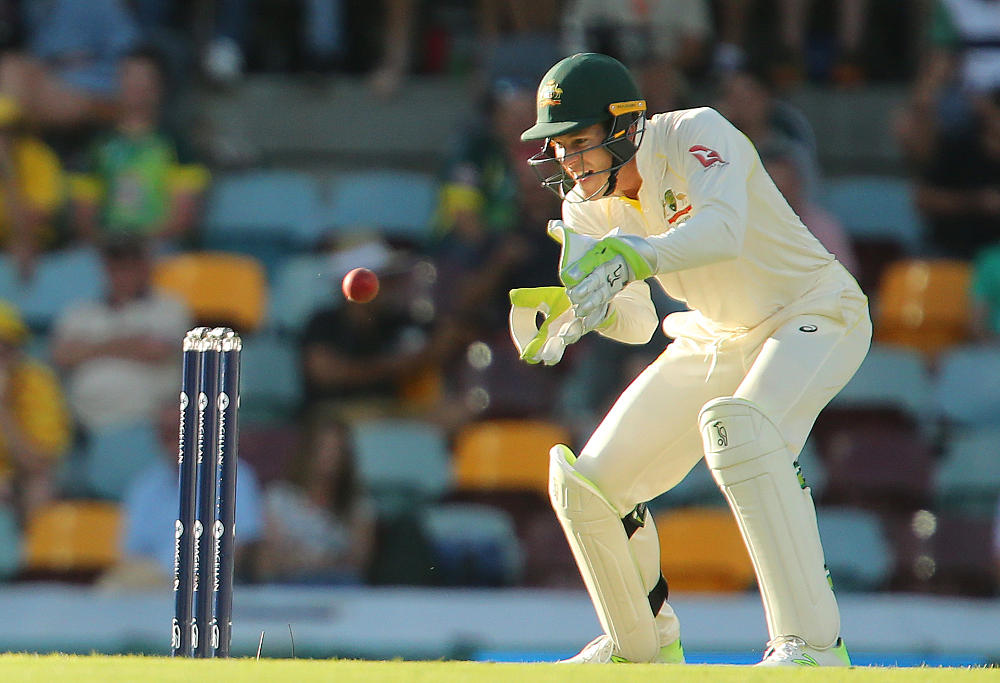
(AAP Image/Jono Searle)
The bowlers
8. Pat Cummins – games played: 39; bowling average: 28.45; wickets: 64
Another sensation of the summer, Pat Cummins has finally delivered on the early promise he showed when he made his Test debut in South Africa in late 2011. Following his introduction to the international cricket scene, Cummins went through a harrowing period of injury that saw him out of the Test team for six years as he simply could not get his body right to undertake a full five days of cricket.
Although he did play some white-ball cricket in this time, including bits of the 2015 World Cup, Cummins was reintroduced to the Test team on Australia’s gallant tour of India and has been almost flawless ever since. Now with a full summer under his belt, having played five Tests and four ODIs, Cummins again looks like the future of Australian cricket and a shoo-in for all formats of the game.
Cummins’s pace and bounce is what makes him such a problem for opposition batsmen, as on any surface he is able to ruffle players up and make them constantly uncomfortable at the crease. Even if he’s not taking wickets, coming in at first change he is always able to do a job for his team and is excellent at bowling in partnerships with the likes of Hazlewood and Mitchell Starc.
This summer has also seen Cummins develop his batting, with some very handy runs in the Ashes series seeing him overtake Starc at number eight and show great promise in being a genuine bowling all-rounder.
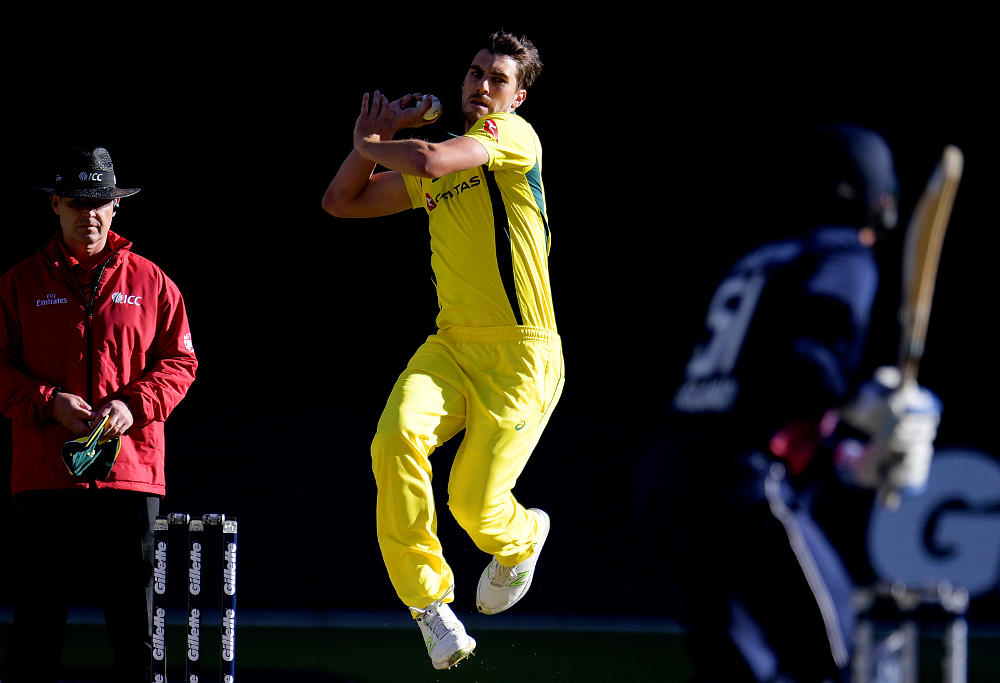
(AAP Image/Tracey Nearmy)
9. Mitchell Starc – games played: 72; bowling average: 20.95; wickets: 141
The heart and soul of the Australian attack, Mitchell Starc is one of the best bowlers in world cricket at the moment, with his searing pace and accuracy a nightmare for all opposition batsmen.
Although having been around for a number of years prior, Starc really exploded onto the international cricket scene at the 2015 World Cup, where he won player of the tournament, with 22 wickets at an average of 10. Since then Starc has been a mainstay in the Australian one-day and Test sides as he has really matured as an elite frontline bowler.
Although he can be expensive at times, Starc always gives you a wicket-taking chance, and at his best he can be simply unplayable, sending down 150-kilometre-per-hour thunderbolts at batsmen’s toes.
The leader of the three-headed monster that is Australia’s fast bowling attack, he is among the first picked for this side as he can turn a match on its head in a matter of minutes.
A great example of this was in the early stages of the 2015 World Cup, when Australia were defending a small total of 151 at Eden Park. With New Zealand appearing to be cruising to a big victory, Starc came into the attack and ripped the heart out of the Kiwi’s middle order, taking 6/28. Australia lost by just one wicket.
Along with his bowling, Starc is also more than capable with the bat and will pick up crucial runs at number nine.
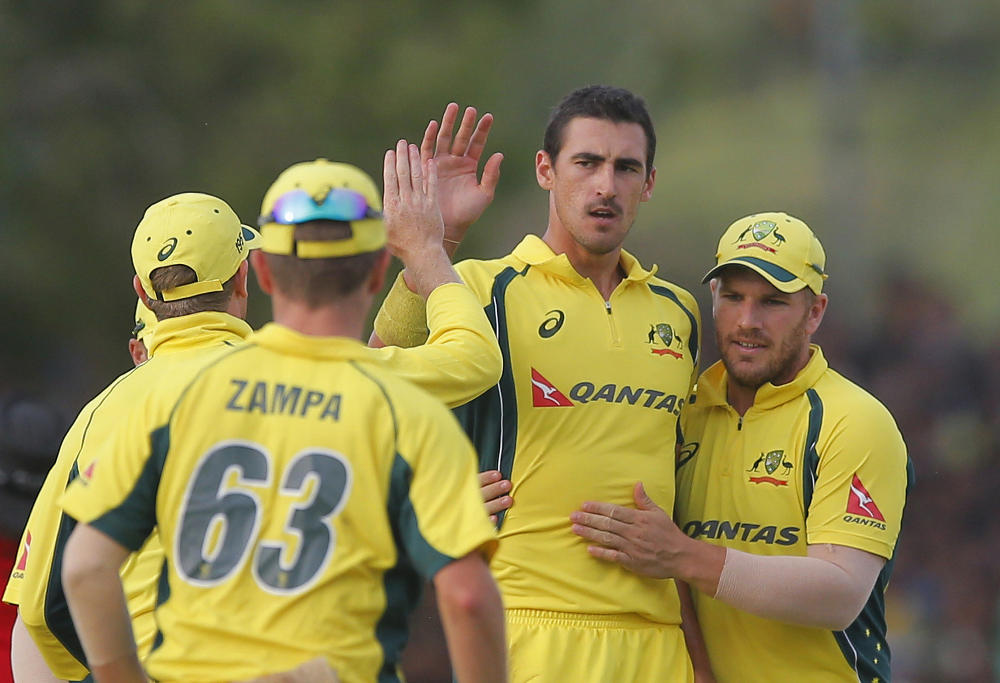
(AP Photo/Eranga Jayawardena)
10. Josh Hazlewood – games played: 41; bowling average: 24.27; wickets: 69
The third quick selected for this team, Josh Hazlewood has developed into one of the world’s best fast bowlers due to his consistency, pace and bounce. With glaring similarities to the great Glen McGrath, Hazlewood has had a magnificent start to his career, taking lots of wickets at a very good average.
This success has mainly been due to his ability to constantly hit an awkward length, as he constantly leaves batsmen guessing as to whether they should play or not play or go forward or go back. With 69 wickets in his first 41 games, the sky is the limit for the Bendemeer bullet.
He is the glue guy that keeps this young core of excellent Australian fast bowlers together. Whether he is opening the bowling looking for quick wickets or closing out an innings, Hazlewood always does his job for the team, making him such an integral part of the Australian set-up in all formats.
With many years of high-end cricket still to go, Hazlewood has the potential to be an all-time great fast bowler for Australia and, like Starc, a selection lock for just about all formats of the game.
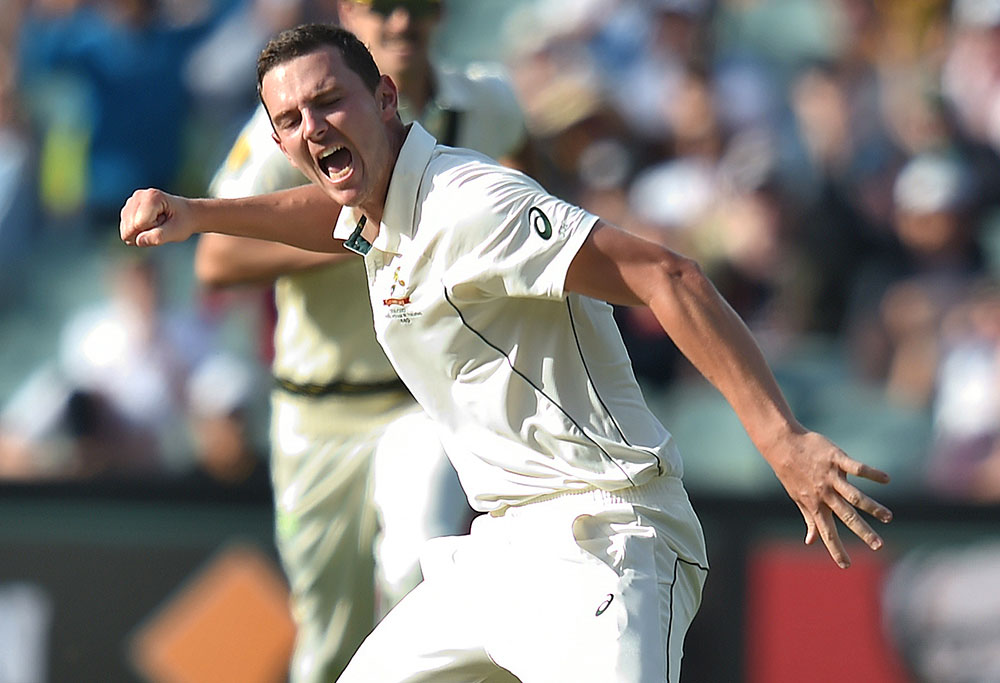
(AAP Image/Dave Hunt)
11. Nathan Lyon – games played: 13; bowling average: 34.82; wickets: 17
The final slot in my ODI team, this is another extremely controversial one as Lyon is not currently in the one-day squad. However, his form over the summer in both the Test matches and the Big Bash League sees him in Australia’s best side to win a World Cup tomorrow.
The greatest of all time, as he is affectionally known, is a class bowler by any definition, having claimed the most Test wickets for 2017 and seemingly getting better with age. Criticised in the past for leaking too many runs and for bowling inconsistently, he has gotten over those struggles to become a real handful for opposition batsmen.
Known for his flight, spin and bounce in the Test arena, he was unplayable at times throughout the Ashes series as the English left-handers in particular simply could not handle his skill.
Despite his success with the red ball, white-ball cricket is very different as spinners really need to adapt to the changes in the ball, field regulations and batsmen’s intent. Playing for the Sydney Sixers after the Test series concluded, Lyon has proved he can adapt to these changes as he helped lead the team to four straight wins, ending the season with seven wickets in four matches, an economy rate of 5.88 and an average of 13.40. These are truly outstanding numbers and proof that Lyon deserves another chance at international limited-overs cricket.
Lyon is also an excellent fielder in the point/cover region and provides yet another experienced head to the side at 30 years of age.







































































































